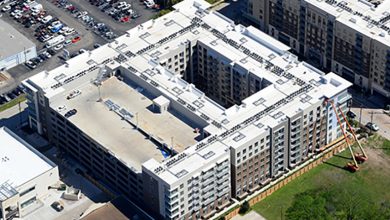Three Essentials of Construction Explained

Whether you’re looking to build a garage at the bottom of your plot, a whole new house entirely, or even a community or business building, there are three essential components of construction that you need to know about.
From securing planning and permission to knowing what different types of construction workers your project will need and which construction materials and machinery will be useful to you, this explainer has got you covered.
Planning and Permission
In the United States, what are known as ‘zoning departments’ will be the first points of call for securing zoning compliance, a form of planning permission that will grant you the ability to begin work on your project. These departments vary throughout each state, as do ‘homeowner associations’ that operate within neighborhoods and form part of the permission process.
Zoning departments and homeowner associations will look at your initial plans for the build, assessing its size, cost, appearance, energy use, and environmental impact and decide whether you need to amend the plans for your project before it can commence.
As you may be able to imagine, securing this zoning compliance and building permit can take quite a long time. It is recommended that you begin planning your project between six and nine months before you would ideally like to start building.
Types of Construction Worker
There are countless different job titles and project responsibilities associated with construction and running through them all in their entirety would take a whole guide. However, the main positions are general laborer, project manager, designer or architect, and risk assessor.
Laborers will be the most populous of the staff working on your project and, with so much construction happening across America, it is a very popular job. A laborer’s median salary is just under $38,000 a year and with no educational requirements needed for the position it is a line of work many school-leavers pursue in place of college or university.
A project manager will oversee all work being carried out, ensuring the project is completed on time and to budget, while the architect is responsible for designing the build and making any adaptations or alterations along the way. All these workers operate to a high degree of safety and professionalism ensured by the risk assessor.
Construction Machinery
The type of materials and machinery used on your project will very much depend on the nature and size of the construction, though some things are likely to be similar no matter what is being built.
For example, a key material such as baling wire is used to bundle other materials together, keeping them safe and secure whether they are being shipped to and from your site or simply being stored until used. This type of material should come directly from the source such as Baling Wire Direct, to ensure quality and affordability.
Other essentials will include cement and cement mixers, forklifts, high-powered drills, transporter trucks, durable manual tools, and health and safety equipment.
Summary
Once you have a general idea of what workers and tools you will need, you can begin meticulously planning your project. Having a viable first draft of your project is essential to securing permission, which should be sought up to nine months in advance of your construction commencing.





